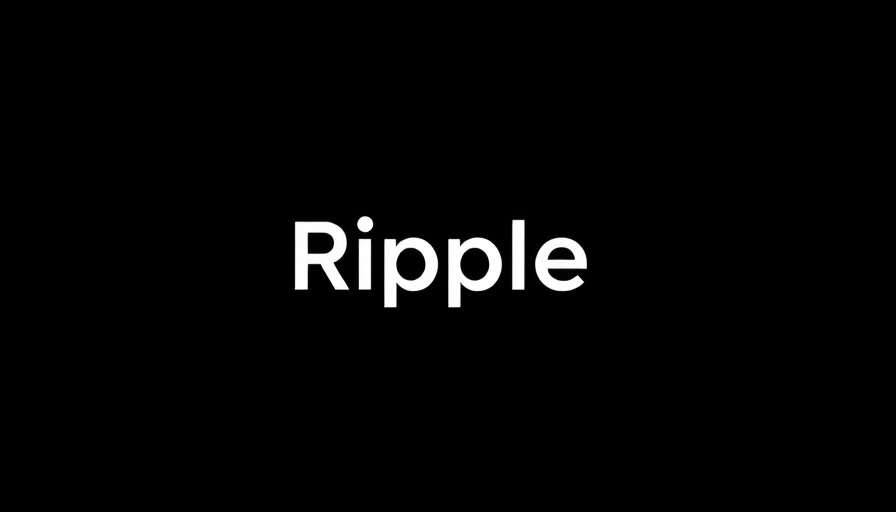
Ripple's Strategic Move: What Does It Mean for the Future of Payments?
Ripple's recent acquisition of Rail for $200 million marks a significant shift in the stablecoin payment arena. This move amplifies Ripple's goal to enhance B2B payments through a robust blockchain framework, marrying speed with compliance. The deal is expected to finalize in Q4 2025, pending regulatory approval, but its implications are profound.
Why Rail's Technology Matters for Ripple
Rail is well-regarded for its ability to handle a substantial volume of stablecoin transfers, especially in B2B transactions. By integrating Rail’s technology, Ripple aims to streamline operations, facilitate faster transactions, and significantly lower costs. This advancement means that companies can transfer tokenized dollars across borders in mere hours—a time frame that contrasts sharply with traditional banking systems, where transactions can take several days.
RLUSD: A Game Changer for Businesses
Ripple’s stablecoin, RLUSD, is set to see increased adoption as businesses look to leverage this new infrastructure. With Rail's assistance, businesses can create seamless payment processes without the barriers often associated with cryptocurrency wallets, making it easier to engage in stablecoin transactions. This is particularly crucial as the appetite for digital currencies continues to grow.
The Bigger Picture: Ripple's Role in Global Finance
The acquisition is a clear indication of Ripple's intentions to lead in the evolving digital finance landscape. With its acquisition strategy and an expanding network of over 60 global licenses, Ripple positions itself as a frontrunner in compliant payment solutions. As traditional financial institutions continue to grapple with digital transformations, Ripple's proactive strategy presents a viable alternative for businesses seeking efficiency and flexibility in their payments.
Implications for Future Transactions
This acquisition also aligns with Ripple's ongoing efforts to seek regulatory clarity, especially as it looks towards obtaining a national banking license. By solidifying its infrastructure and compliance measures, Ripple is not just aiming for growth; it’s setting a new standard for what secure and efficient payments can look like in a digital age.
 Add Row
Add Row  Add
Add 




Write A Comment